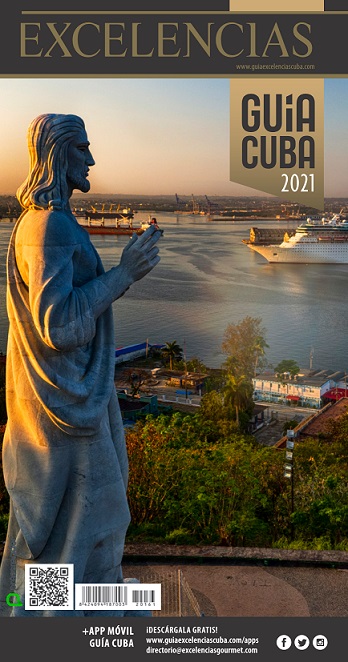A Brazilian state that belongs to the northeastern region and spreads for 146,348,3 square kilometers, equal to 2% of the national territory. The total population is 7,417,402 inhabitants and 2,138,234 of them live in the capital Fortaleza. Located in the northernmost end of the northeastern region, the State of Ceara’s borders are the Atlantic Ocean to the north, the State of Pernambuco to the south, the states of Rio Grande do Norte and Paraíba to the east and the State of Piauí to the west.Its population is distributed in 184 municipalities, broken down as follows: a population density of 50.68 inhabitants per square kilometer; 66% living in urban zones and 34% in rural areas. The capital Fortaleza is the main urban hub. Other major cities are Caucaia, Juazeiro do Norte, Maracanau, Sobral, Crato, Iguatu, Aquiraz and Maranguape. Its economy relies basically on industrial agriculture and trade. Major crops here are cotton, rice, beans, corn, tomatoes, coconuts, melon and tropical fruits. As far as stock breeding is concerned, cows, pigs, lambs and goats are the most outstanding cattle species. Fishing and industrial breeding of lobster, shrimp and fresh-water fish are also key economic elements. As to industrial development, fabrics, clothing, footwear, metallurgical facilities, chemicals, cement factories and wood are on the top of the list. The brunt of exporting commodities is borne by the castanha-de-caju almond (an crop hailing exclusively from Brazil and comprising 48% of the country’s total production), as well as by lobsters, red snappers, shrimps, melons, fabrics and clothing. Mining is represented by beds of iron ore, coal, lime, manganese, granite, oil, natural gas, phosphate, uranium, gems and semi-precious stones.






